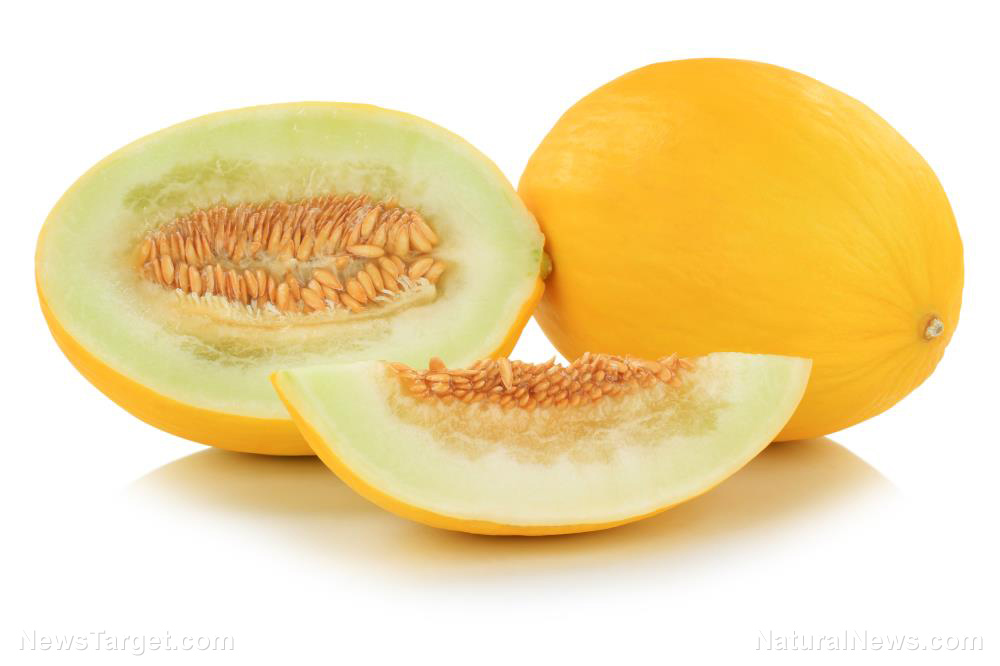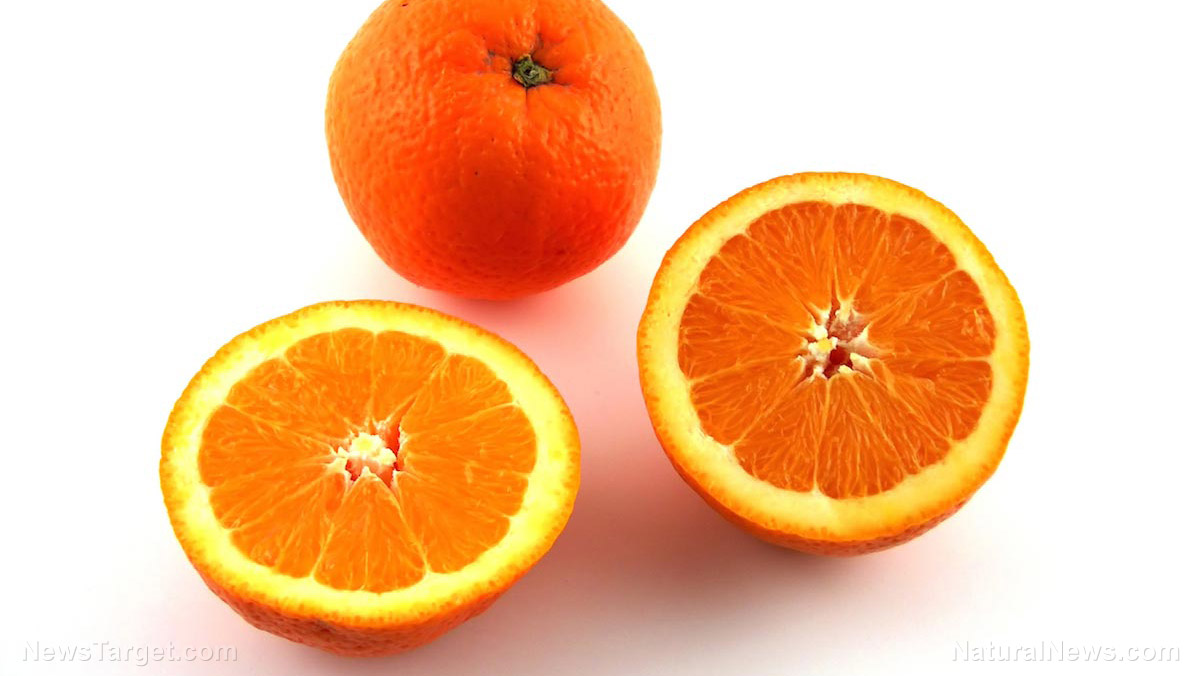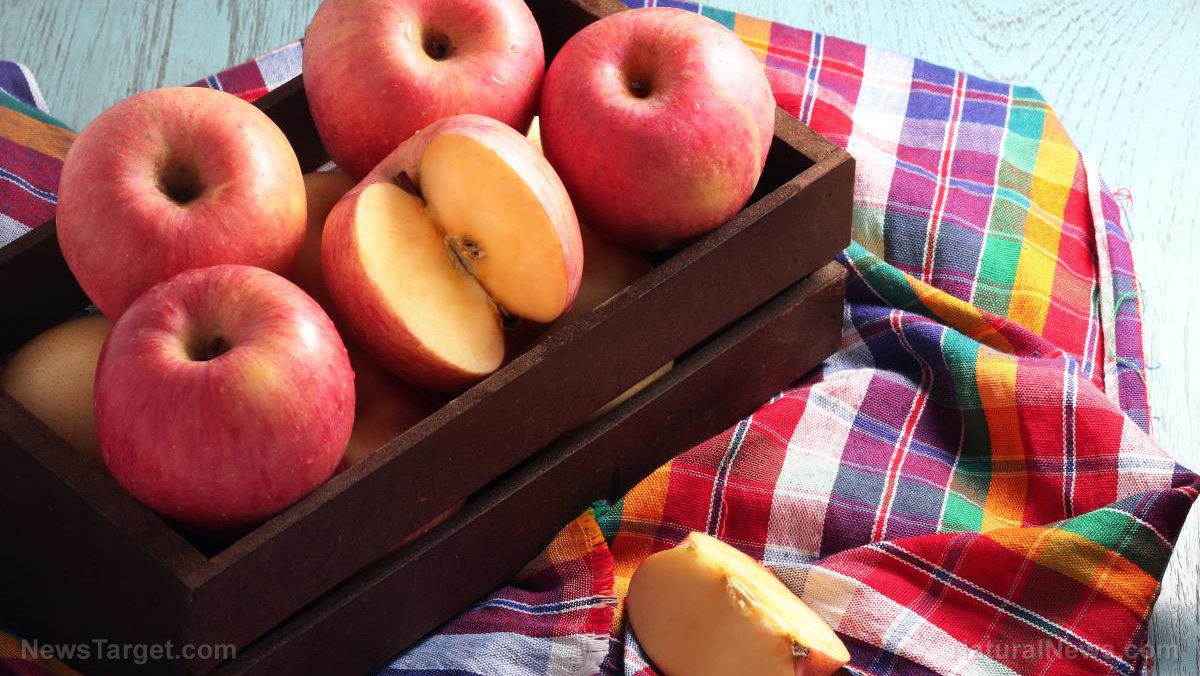Battle of the melons: What are the differences between cantaloupes and honeydews?
08/26/2020 / By Ramon Tomey

Melons are fruits typically enjoyed during the summer months because of their water and sugar content. A slice of this juicy fruit, whether it’s cantaloupe, watermelon or honeydew, means relief on a hot day.
No matter what kind of melon you eat, it is prudent to include them alongside other fruits in one’s diet. Melons contain dietary fiber for smooth digestion and bowel movement, and their high water content helps alleviate kidney problems and heartburn.
Fruits such as melons contain fructose – a natural sugar that does not raise blood sugar levels. Diabetics looking for a sweet fix without worrying about their blood sugar levels may want to try out melons. Cantaloupe and honeydew melons also contain antioxidants that fight harmful free radicals in the body, promoting optimal health. (Read: Eat more bitter melon to improve your health.)
There are a number of ways to prepare melons: Some can be blended into smoothies, combined with other ingredients to make salads, turned into cooling soups, or sliced into small pieces. Different kinds of melons are commonly sold in supermarkets, already cubed and seeded for easy eating. Cantaloupes and honeydew melons are two such variants prepared in this manner.
No two melons are the same
Cantaloupes and honeydew melons are two popular kinds of melons. However, there are easily identifiable differences between these.
Cantaloupe: rough skin and orange flesh, honeydew melon: smooth skin and green flesh
Cantaloupes, also called muskmelons, are easily recognizable by their green skin that’s rough to the touch. Honeydew melons, on the other hand, are likewise easy to spot with their smooth yellow skin. Both melons also have differences on the inside. Cantaloupes have orange flesh protected by the rough outer layer, while honeydew melons have pastel green flesh underneath the yellow outer layer.
Cantaloupe: subdued taste, honeydew: pronounced sweetness
The cantaloupe’s toned-down flavor makes it a good accompaniment to cured meats. Italians would usually pair it with prosciutto or Parma ham, while the Spanish prefer it with jamon serrano and figs. Juicy honeydew melons are commonly made into desserts and mixed with other summer fruits. According to Specialty Produce, ingredients such as lime, basil, cream cheese and mint go very well with this kind of melon as they tone down the honeydew’s sweetness.
Cantaloupes: heart health, honeydew: bone health
Cantaloupes and honeydew melons contain various substances that are beneficial to the body.
Adenosine found in cantaloupes is a natural anticoagulant (blood-thinning substance) that helps address cardiovascular ailments such as blood clotting and stroke. Honeydew melons, also contain minerals such as folate and magnesium that promote bone health. Folate helps break down substances in the body that cause bones to lose density and become brittle over time. Meanwhile, magnesium is needed by the cells responsible for building up the bones to work.
Cantaloupes and honeydew melons may look and taste different, but both will definitely refresh you on a hot summer day and provide a healthy dose of nutrients with every bite. Not only do both provide a number of shared health benefits, such as their high content of fiber and antioxidants, but each also has its own unique benefits as well.
Learn more about the wonderful health benefits of including melons and other fruits in your diet by visiting FoodScience.news.
Sources include:
Tagged Under: #nutrition, antioxidants, cantaloupe, clean food, food cures, food is medicine, fruits, functional food, honeydew, Honeydew Melon, melons, muskmelon, nutrients
RECENT NEWS & ARTICLES
COPYRIGHT © 2017 GROCERY NEWS



















